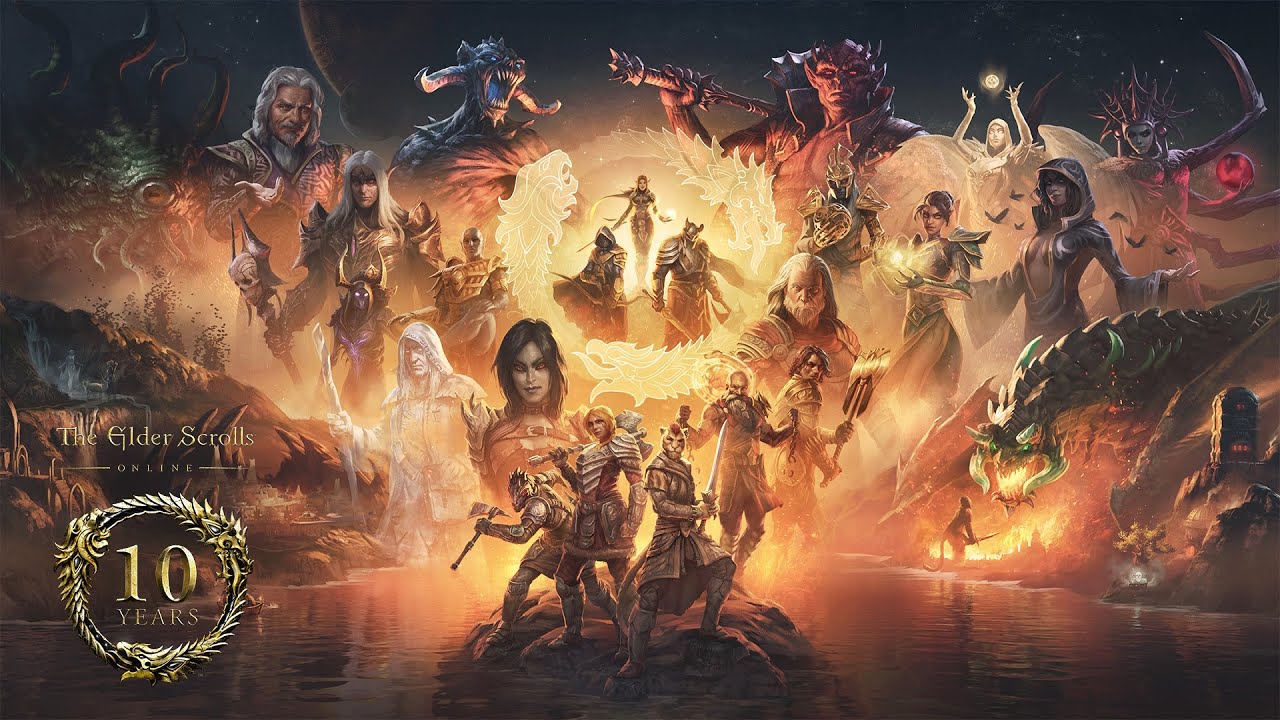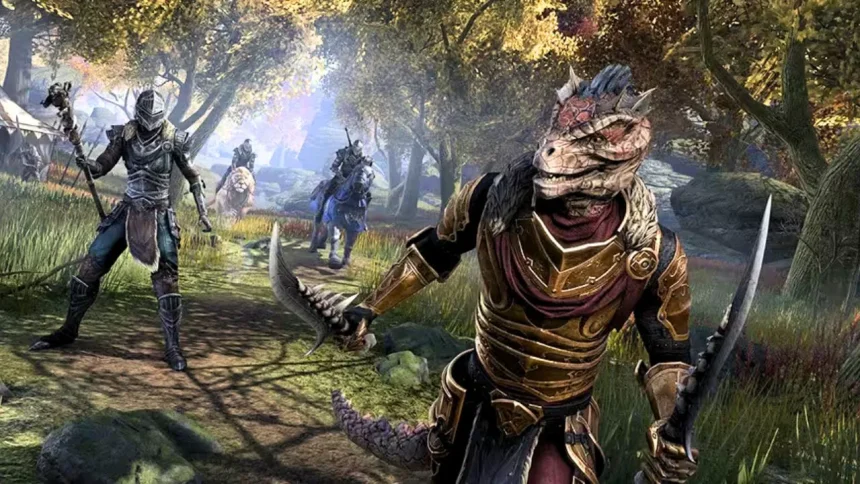The Elder Scrolls Online (ESO), a game by Zenimax Online Studios, is celebrating its 10th anniversary this year. Despite being relatively low-profile compared to games like Fortnite and Call of Duty, ESO has garnered a substantial following, with 24 million players and $2 billion in revenue since its launch.
The game, which began development in 2007 following the success of The Elder Scrolls: Oblivion, initially struggled to meet the expectations of both Elder Scrolls fans and traditional MMORPG players.
At its inception, ESO attempted to blend traditional MMORPG elements with the unique aspects of the Elder Scrolls series. However, this approach resulted in a game that did not fully satisfy either fan base.
Creative director Rich Lambert and studio director Matt Firor explained that early versions of the game were too focused on level-based progression, which made it difficult for friends to play together if their characters were at different stages.
Despite a lukewarm reception at first, ESO managed to cultivate a dedicated core of daily players. These players engaged in a variety of in-game activities beyond questing, such as social interactions, which led the developers to realize that players were looking for a more immersive virtual world experience.

This insight prompted a significant pivot in the game’s design, focusing more on creating a virtual world where players could establish their identities and engage in various side activities.
This pivot was met with internal resistance at Zenimax, as many developers were accustomed to traditional MMO structures. However, the decision proved to be the right one, as the game’s community began to thrive. Streamers and long-time players highlighted the strong sense of community and inclusiveness within ESO, which contrasts with the toxicity often found in other online gaming communities.
Community management has played a crucial role in maintaining this positive environment. Jessica Folsom, ESO’s director of community management, noted that while Zenimax has systems in place to deal with harassment, the community often self-polices, reducing the need for intervention. This supportive atmosphere has been a significant draw for players who value respectful and friendly interactions.
Looking forward, ESO faces the challenge of attracting new players amid fierce competition from other popular games. The game’s freeform structure, which offers a wide variety of activities, can be both a strength and a barrier to entry for newcomers.
The development team acknowledges the need to better communicate the vast range of experiences available in ESO to potential players. Reflecting on the game’s journey, Rich Lambert expressed confidence in the team’s ability to continue evolving and improving the game, thanks to the valuable lessons learned over the past decade.







